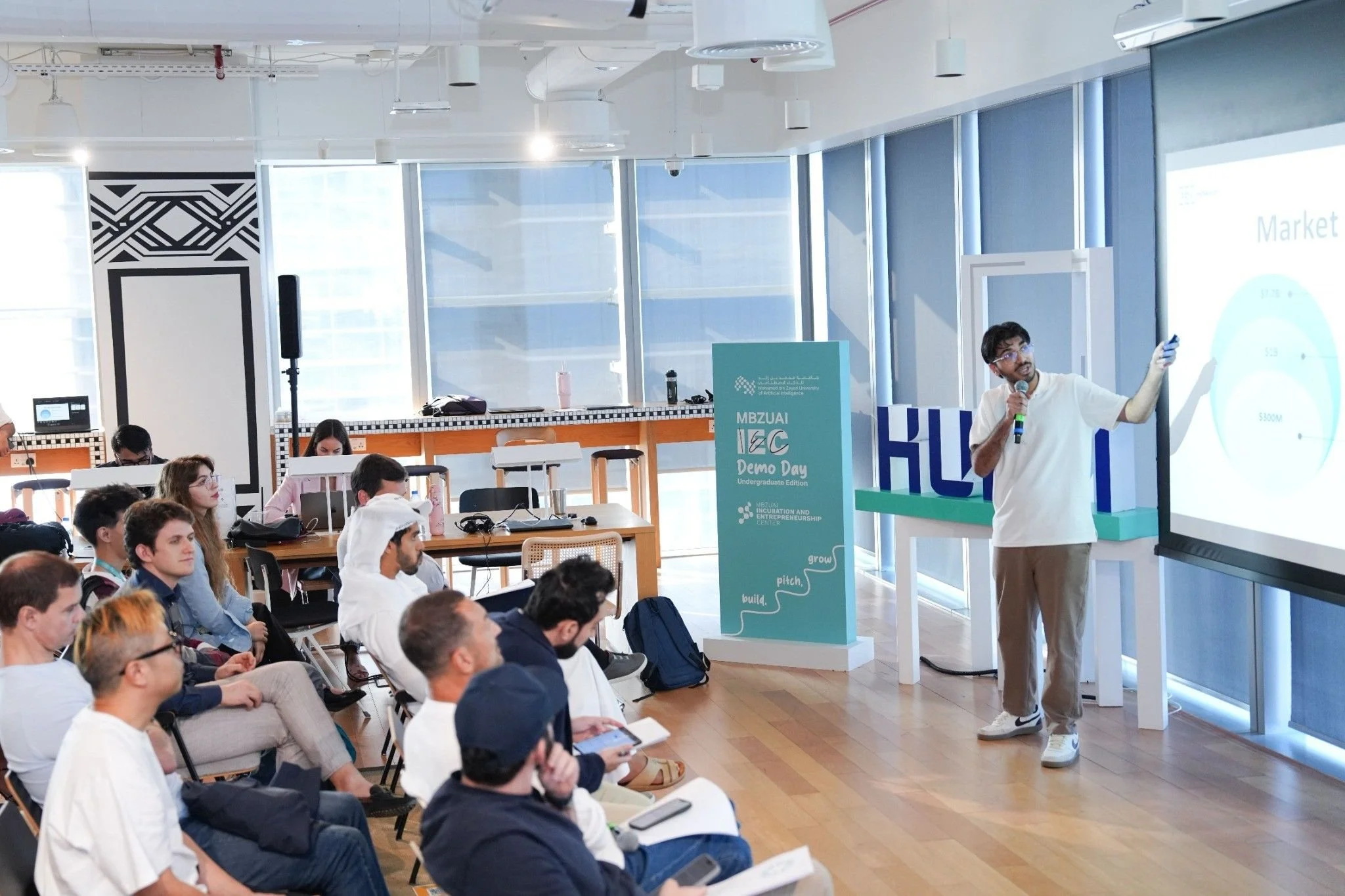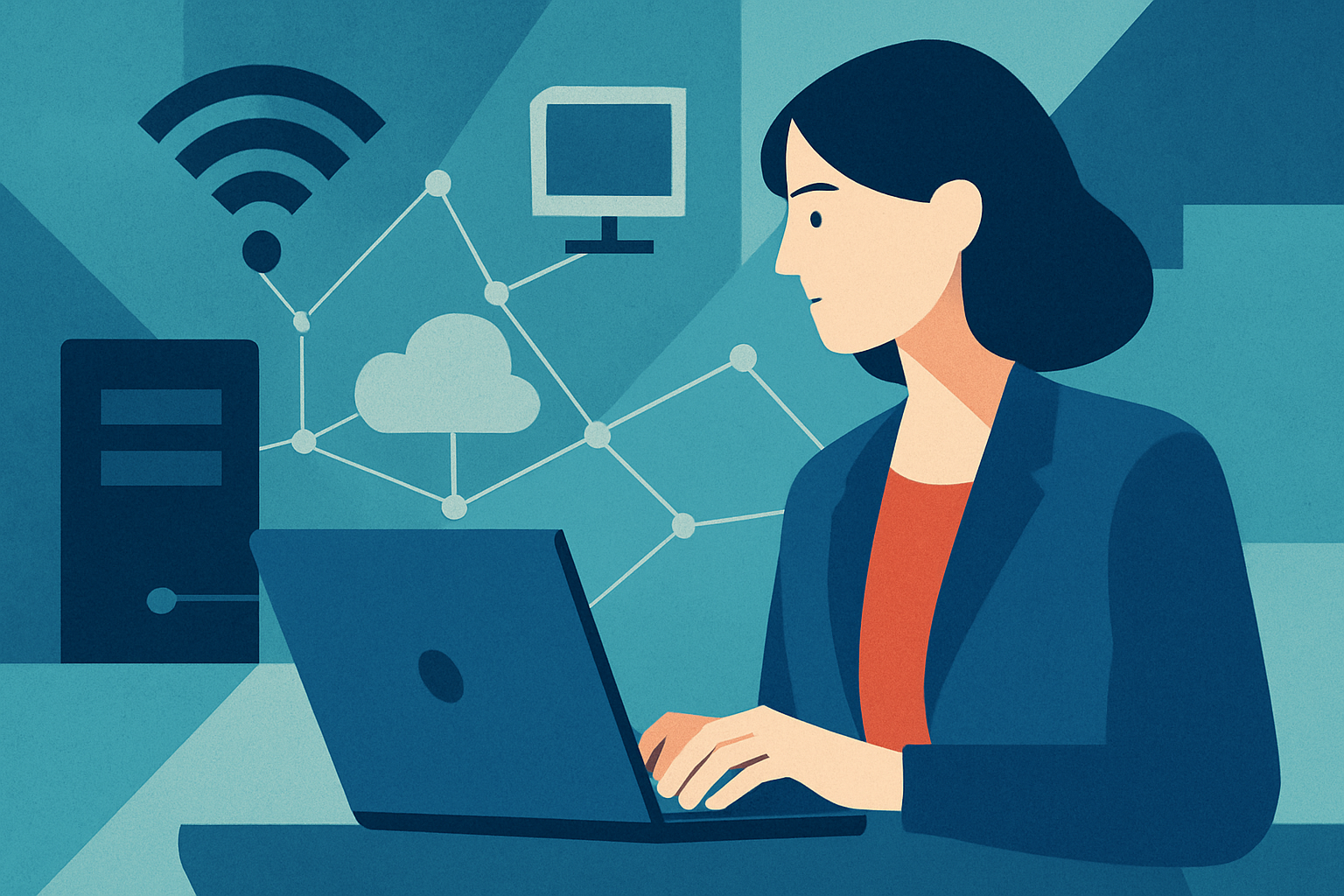Examining the importance of balancing online and offline marketing in a digital world
Nowadays, when we talk about marketing your business, it seems like all of our attention is preoccupied by the digital side of things. It’s not difficult to see why.
As a society, we’re increasingly connected and more exposed to online marketing than ever, and it’s also typically a lot more cost-effective than the usually competitive real-world marketing space. However, if you neglect one to focus on the other, it can end up to the detriment of your business, and here, we’re going to explore how you can avoid that.
In-Store Signage Can Boost Your Socials
One of the most important aspects of balancing your online and offline efforts is that you learn how one can amplify the other. For instance, you can use signs or posters in a store to prompt customers to follow you on your social media channels or to leave a Google review.
Combined with incentives, such as a discount for tagging the store in a post, you can get people engaging and participating much more effectively with your brand. Offline engagement becomes a funnel into your online community, where deeper relationships and ongoing marketing can occur. This fusion also creates a feedback loop: online buzz drives foot traffic, and in-store experiences drive digital interaction. It can build your digital footprint while at the same time fostering loyalty and familiarity in your customer base.
Offline Events Lead To Online Engagement
If you’re running any events for your business, be it a product launch, workshop, pop-up or otherwise, you can then use that event to create valuable content for your online marketing efforts. Recording videos, live-streaming sessions, or capturing behind-the-scenes photos provides rich media for websites and social platforms.
Attendees often share their own content during events, extending reach and creating authentic user-generated material, which you can then boost through your own marketing methods. Similarly, taking the time to promote your events online can build anticipation and awareness, leading to an increased likelihood of more attendees. It also connects your online brand to something feasible and tangible, building trust in it in ways that online-only businesses cannot.
Everywhere your branding is used, from the floor mat in the entrance to the social media profiles online, must be aligned for consistency.
Integrating Print With Digital
One of the most effective ways to spread the word locally in the real world is with marketing materials like leaflets, flyers, and posters. However, when ordering from an online printer, you should also think about how those printed materials can then include digital links like QR codes or shortened URLs that can redirect recipients to landing products, promotions, or social media channels.
You can, for instance, use a minimally designed poster to build intrigue in your audience, directing them to a site that then contains the information they need, or you can use an event flyer to guide users to an online RSVP form, shortening the steps they have to take to attend themselves.
Build Digital Leads Through Local Advertising
The relationship between the digital and the real is a two-way street. Your offline efforts can bolster your online business just as readily as the inverse. For instance, radio, newspapers, and billboards are still a lot more effective than many realise, and can guide audiences towards your online business, too.
Mentioning a website, podcast, or social media handle in a radio ad ensures curious listeners know where to go next. Adding a memorable URL or promotional code in a newspaper ad encourages readers to visit your website for more information or an exclusive offer. Broad exposure also creates a certain level of trust in your business, as people are more likely to believe that there is a real-world foundation behind your online business, rather than it being something more nebulous.
Bridge The Gap With Business Cards
While you may be able to meet your potential customers and clients in person and do a lot of marketing work there, you may also have a website or online portfolio that could bring them further down the marketing funnel and up to the point of conversion. To that end, a modern business card can do you a lot of good.
A well designed business card can include a QR code that links to a portfolio, booking calendar, or lead capture form. This not only extends the conversation beyond the initial meeting but also modernises your approach. It can be the perfect bridge between offline and online, and you can also track the analytics of your business cards to see how effective your networking techniques are.
Applying Digital Analytics To Offline Marketing
Indeed, it’s not just your business cards that you can start tracking more effectively. One of the biggest challenges in offline marketing is just how difficult it can be, at times, to track your performance.
However, by combining your traditional marketing materials, be they flyers, business cards, radio ads, or otherwise, with custom landing page URLs, promo codes, or dedicated phone numbers, you can much better monitor how effective your traditional marketing campaigns are working. This allows for data driven decisions about which offline strategies are most effective. For instance, a direct mail postcard that directs recipients to a specific online survey can reveal not just response rates, but user preferences.
Creating A Unified Brand Experience
Consistency is one of the most important factors in all of marketing, and you can ensure that your brand feels much more consistent and reliable by blending your online and offline efforts.
Whether someone sees a billboard or a social media ad, your tone, visuals, and message should hit in much the same way, building trust and making your business more recognisable through those crucial brand elements. If you’re working with any third-party marketing agencies, you can also provide them with a brand bible to make sure that any outsourced efforts meet the same level of branding consistency as your in-house work.
The best marketing strategy balances the online and the offline, using the strengths of the two different strands to create a cohesive approach that supports and bolsters itself from end to end. Hopefully, the tips above show you precisely how you can do that.
































